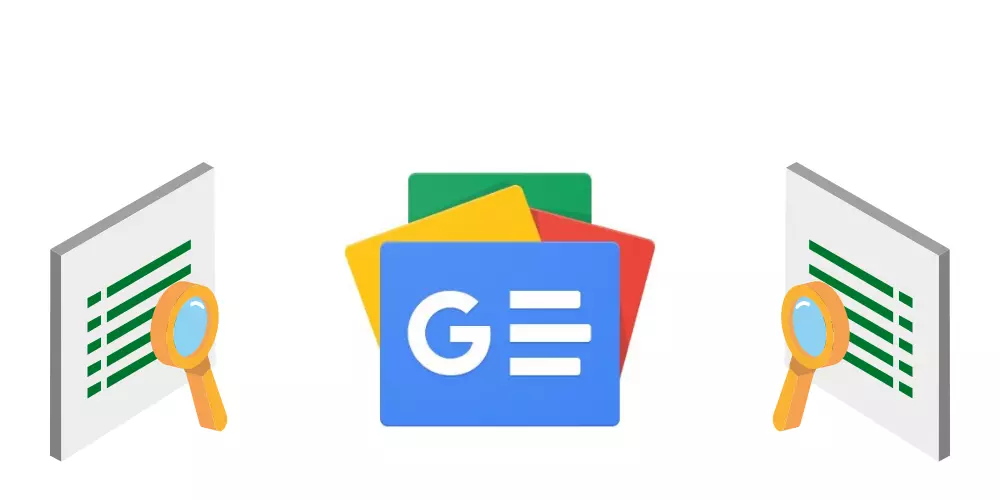Did you know that there is enormous potential to drive traffic through images? If your website is properly prepared, you can achieve incredible results. In this article, I will show you everything you need to know about image optimization for SEO. Check it out →
Contents
Why optimize images?
Optimizing images for SEO is important to ensure that your website is found by search engines. This includes optimizing the images themselves and the accompanying text, such as titles, alt text, and descriptions.
It is common nowadays for a website to have images with incorrect file sizes, file names without descriptions, and images displayed with much smaller dimensions on the website than the original image.
All of these errors can have a serious impact on indexing and search engines.
Therefore, image SEO should not be ignored. In this guide, I will show you the steps to optimize images so that you can achieve better search engine rankings!
Why are images so important?
At first glance, images help to contextualize your content. However, using the right illustrations can also help a user to better understand and engage with written content.
In addition, your text is more visually appealing and avoids large blocks of text. After all, blocks with too many words make the text heavy and too long.
Moreover, Google also has the option of visual search, initiated with the redesign of Google Images a few years ago. Thus, having SEO-optimized images on your website will make your content more easily discoverable by more people and in different ways.
An example of organic image results is searches for car names.
Recently, the case of Shakira and soccer player Piqué was in the spotlight due to the song she released and the player’s jabs. In the midst of this, Piqué appeared with the Twingo car – mentioned in Shakira’s song, and many people searched for the car on Google.
This is why it is important to optimize images for SEO. Sites that did this received many visits, unlike those that only placed images.
What is SEO for images?
Also known as Google image optimization, this strategy aims to improve the images on your website. The 5 main reasons are:
- Achieve a higher ranking in Google Image searches;
- Improve overall visibility and optimization of the page;
- It is an additional source of traffic;
- Helps to viralize your content;
- Reduces your website’s loading time.
By doing this, you will be helping Google better understand the images on your site!
In other words, Google still cannot read all types of images, and even though it has improved considerably in recent years, facilitating this work can help you index your posts better.
Along with this, it is also important to know that image SEO is not just about helping search engines understand what an image shows.
Improvements can also impact your website’s loading speed and PageSpeed score.
With that said, let’s understand how to optimize images for SEO step by step.
Now that you understand the importance of doing SEO on images on your website or blog, the big question is: how do you do it?
Follow the step-by-step guide →
Step 1
Optimize the size and format of the images. This will ensure that the photos load quickly and do not affect the speed of your site.
A suggestion is to use the JPEG format for images with lots of details and the PNG format for images with transparency.
There are some tools that can help with this task. The most famous one is Adobe’s Photoshop, but it’s a paid software.
Check out a list of free alternatives below:
Step 2
Next, assign descriptive file names to your images. This will help search engines understand the subject of the image and classify it correctly.
Also, use alt tags to describe the images for users with visual impairments.
To optimize your images for Google, we need to understand a limitation of the search engine’s crawlers. They are great at understanding text and the relevance of content by using an algorithm and giving value to keywords.
Step 3
Include your images in your metadata, such as page titles and descriptions. This will help search engines understand how the images relate to the content of the page and classify them correctly.
Moreover, captions are excellent opportunities to engage your readers – and also Google.
Step 4
Pay attention to the context in which the image is used. It is important that the figure is added in a part of the article where it is relevant.
I recommend that you do this because Google’s algorithm uses the content of the paragraphs that are close to the image to understand its content.
Step 5
When it comes to Google ranking, it is important to pay attention to the URL of the images.
The ideal is to organize the URL of your media files logically and concisely. This way, you will quickly communicate to the search engine that it is an image and what its content is.
Step 6
Currently, the largest searches on Google are made by mobile devices. Therefore, if your site is not responsive, you have a ranking problem.
However, if you use a version higher than 4.4 of WordPress to manage your site, don’t worry. The platform already formats images as responsive by default.
But if this is not your case, you must do this manually using the srcset attribute.
Step 7
It is important that you create an image sitemap. This is an essential tool for the SEO of your page, as it tells Google’s crawler the hierarchy within your site and how to read your content.
You probably already have one of these on your site, but it is possible to create a sitemap exclusively for images!
The search engine itself recommends and teaches how to do this to make the crawler’s job easier and ensure better ranking.
These are the main steps for optimizing images for SEO. However, it is important to remember that optimizing images for SEO is a continuous task and there is no magic solution for it.
The tip is to always monitor and optimize your images to ensure that your site is always visible to search engines and your users.
Want to know how to do this? Then keep following this blog!






